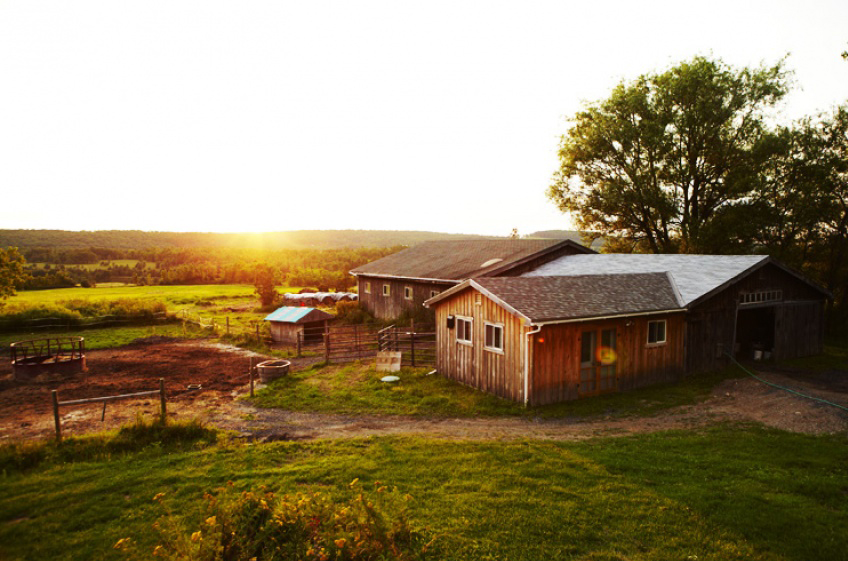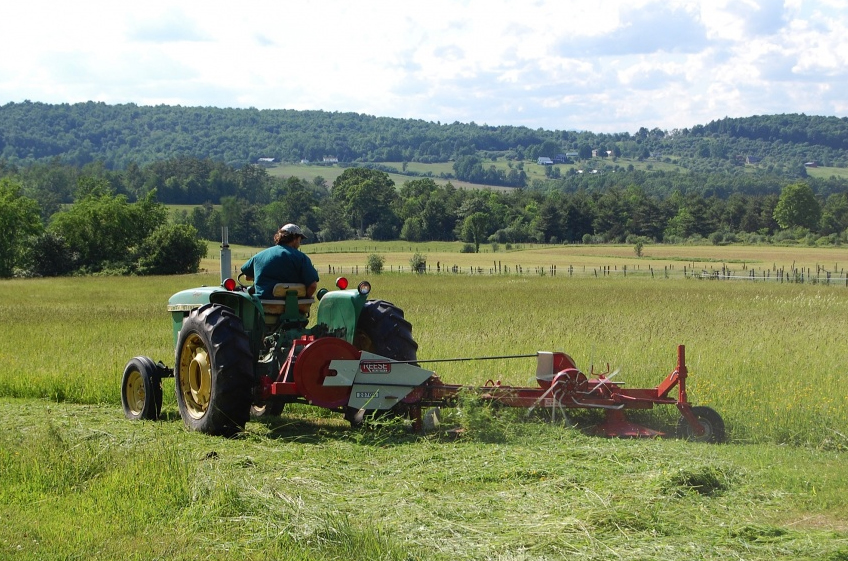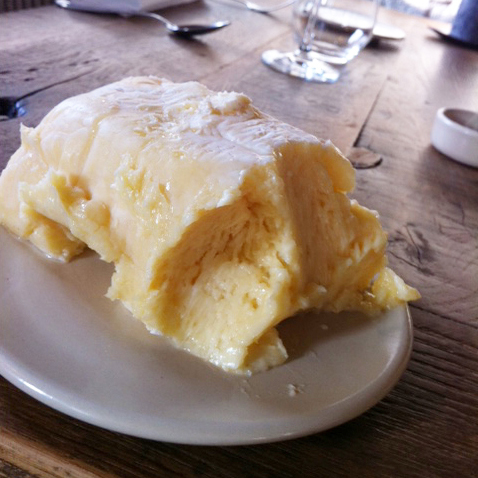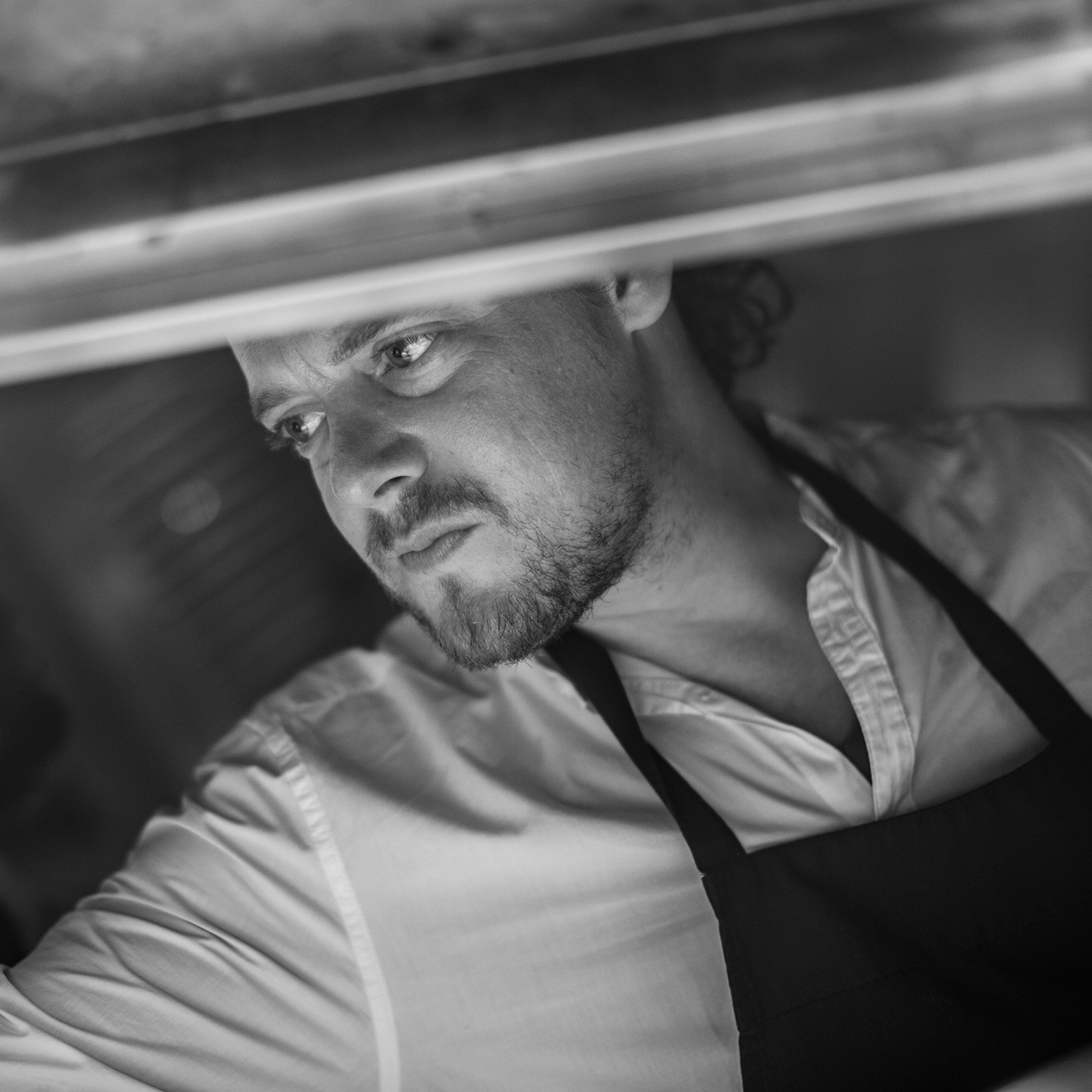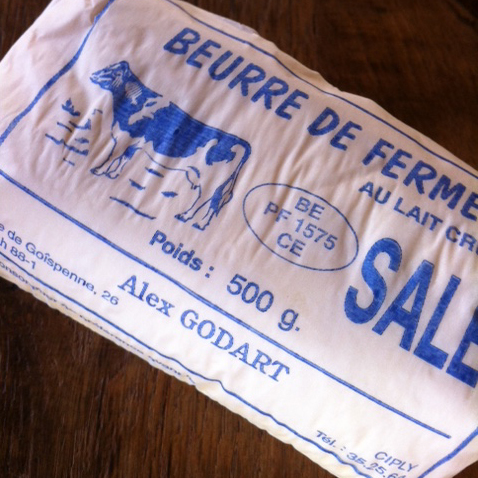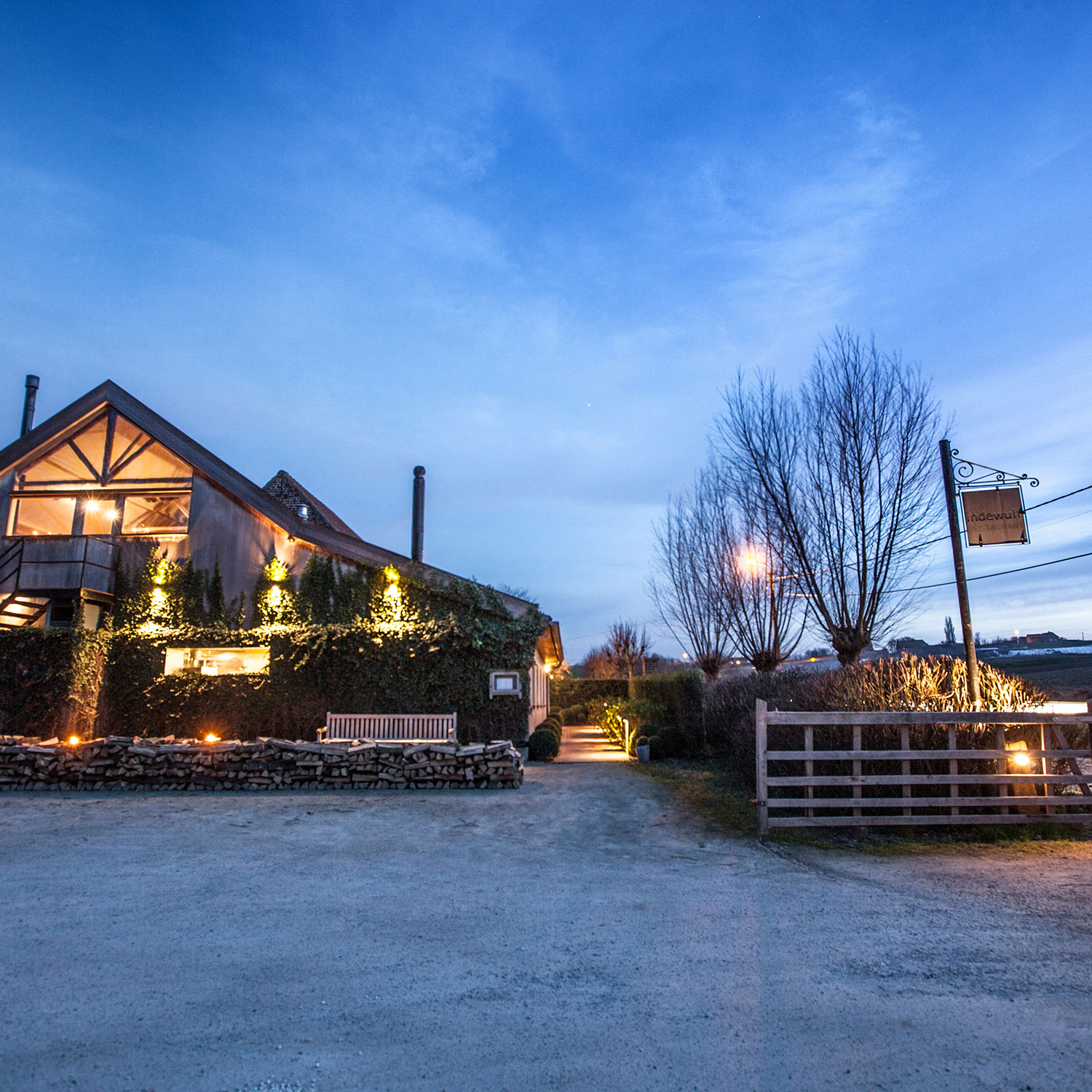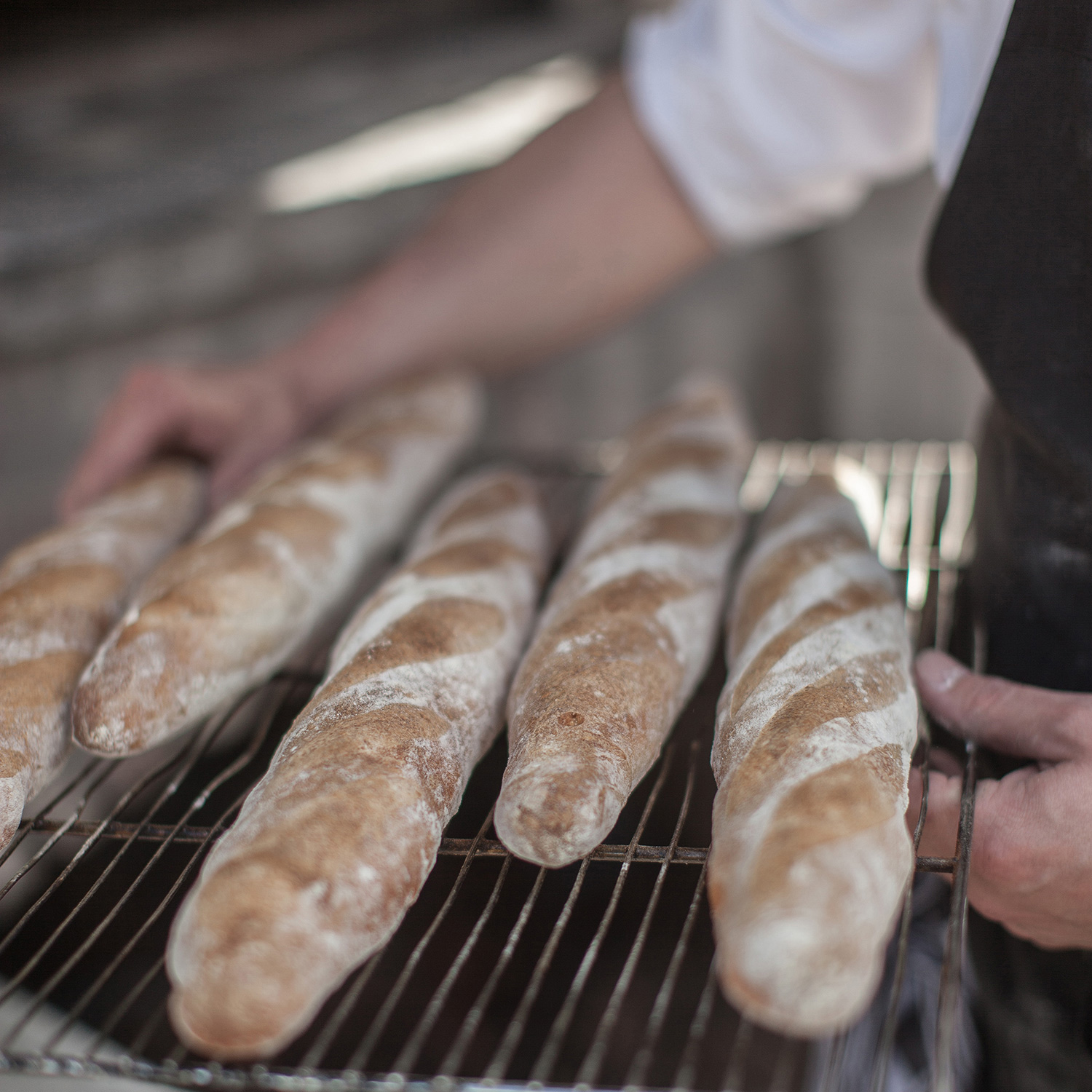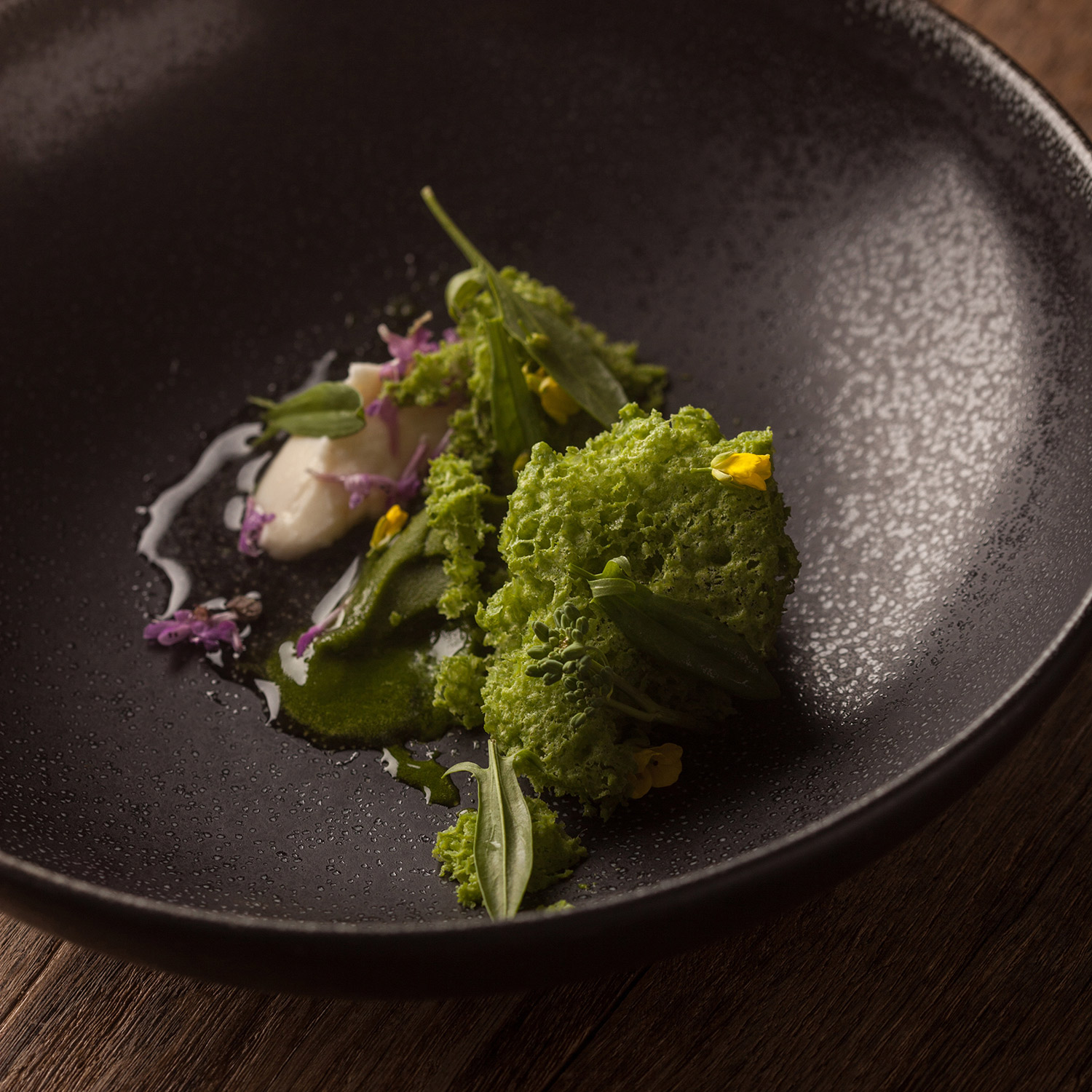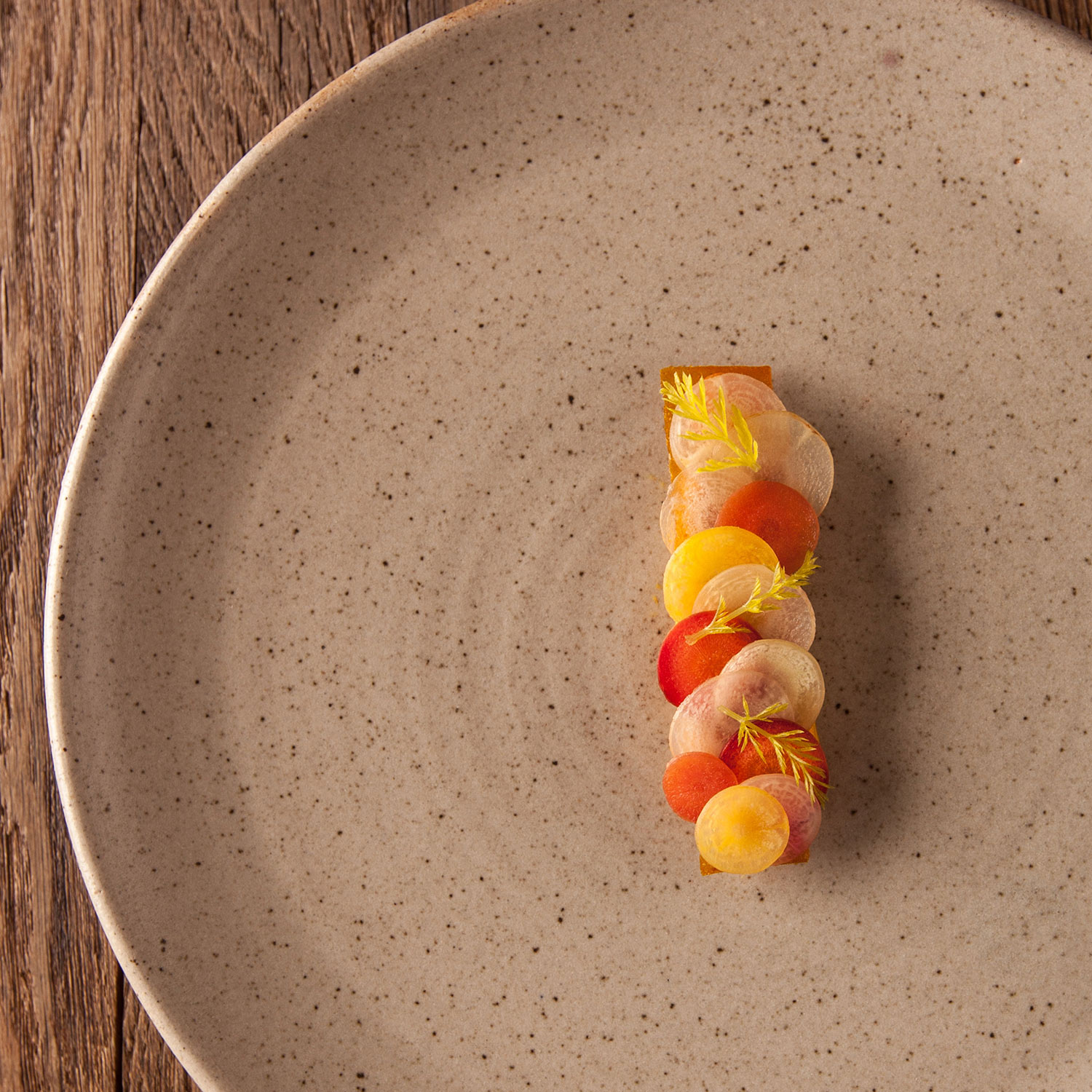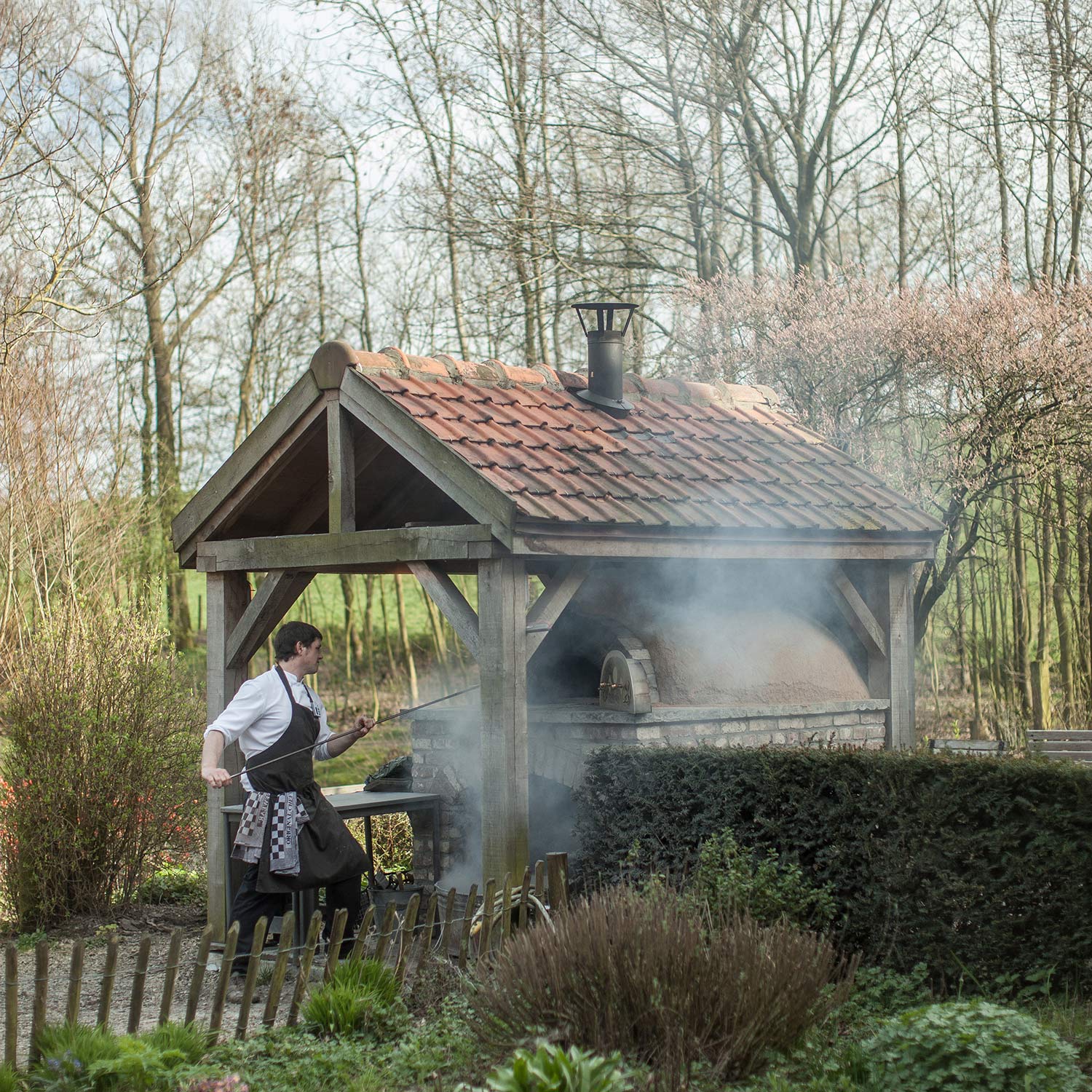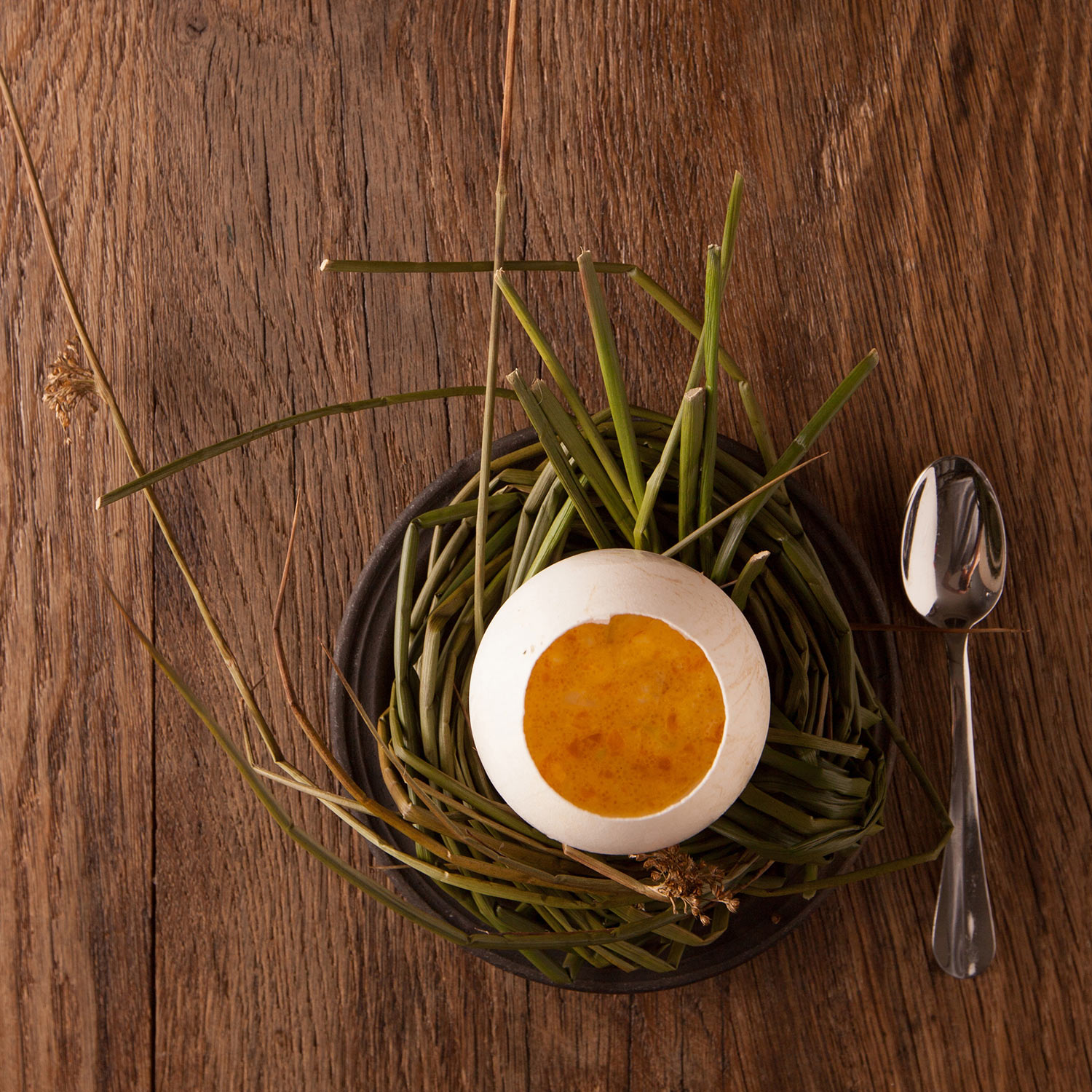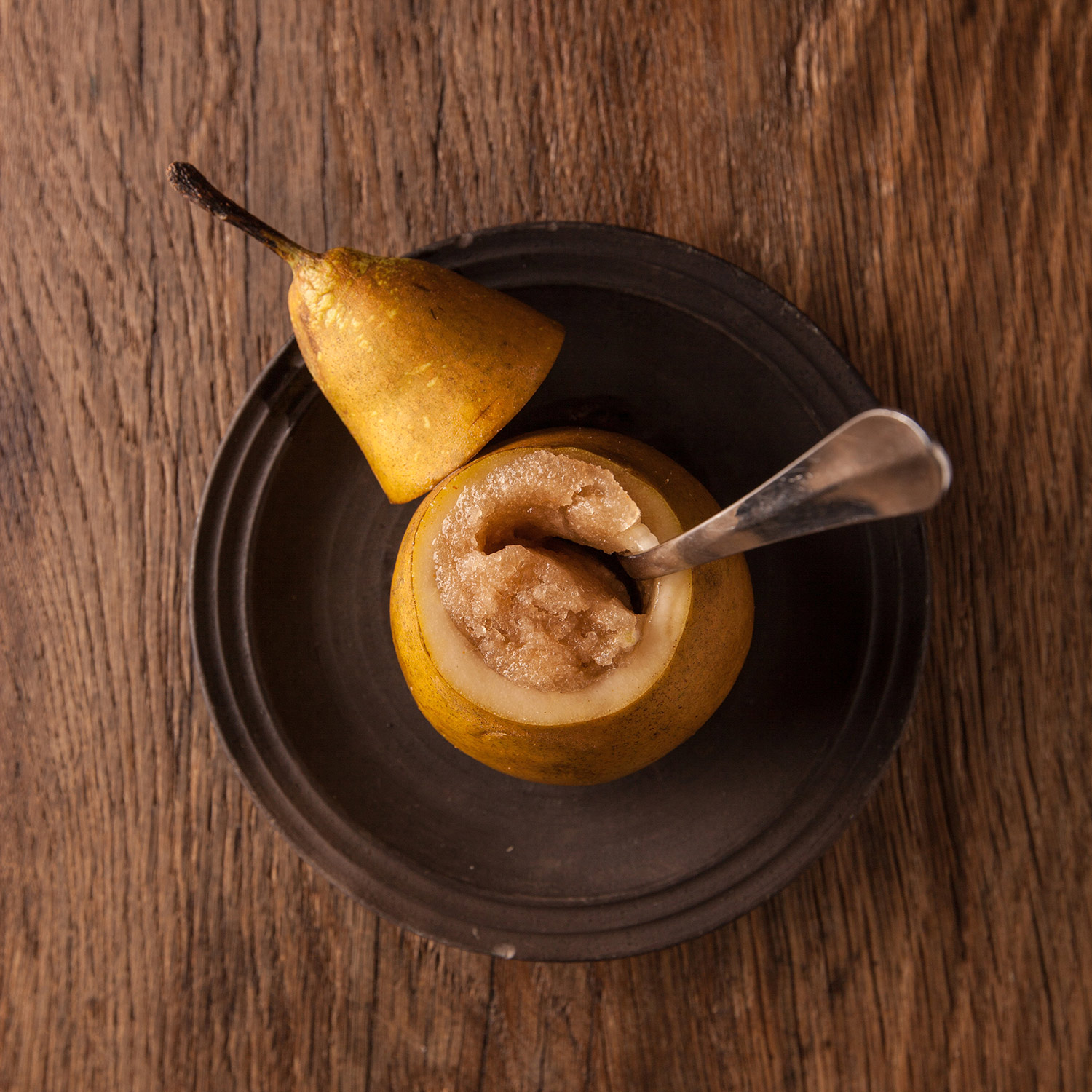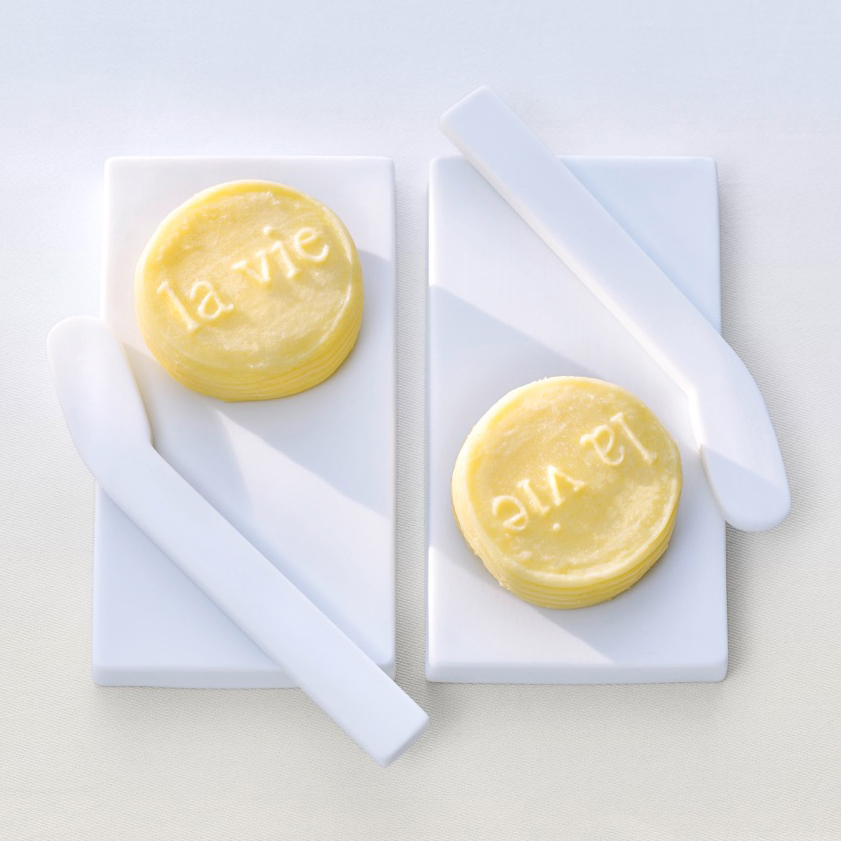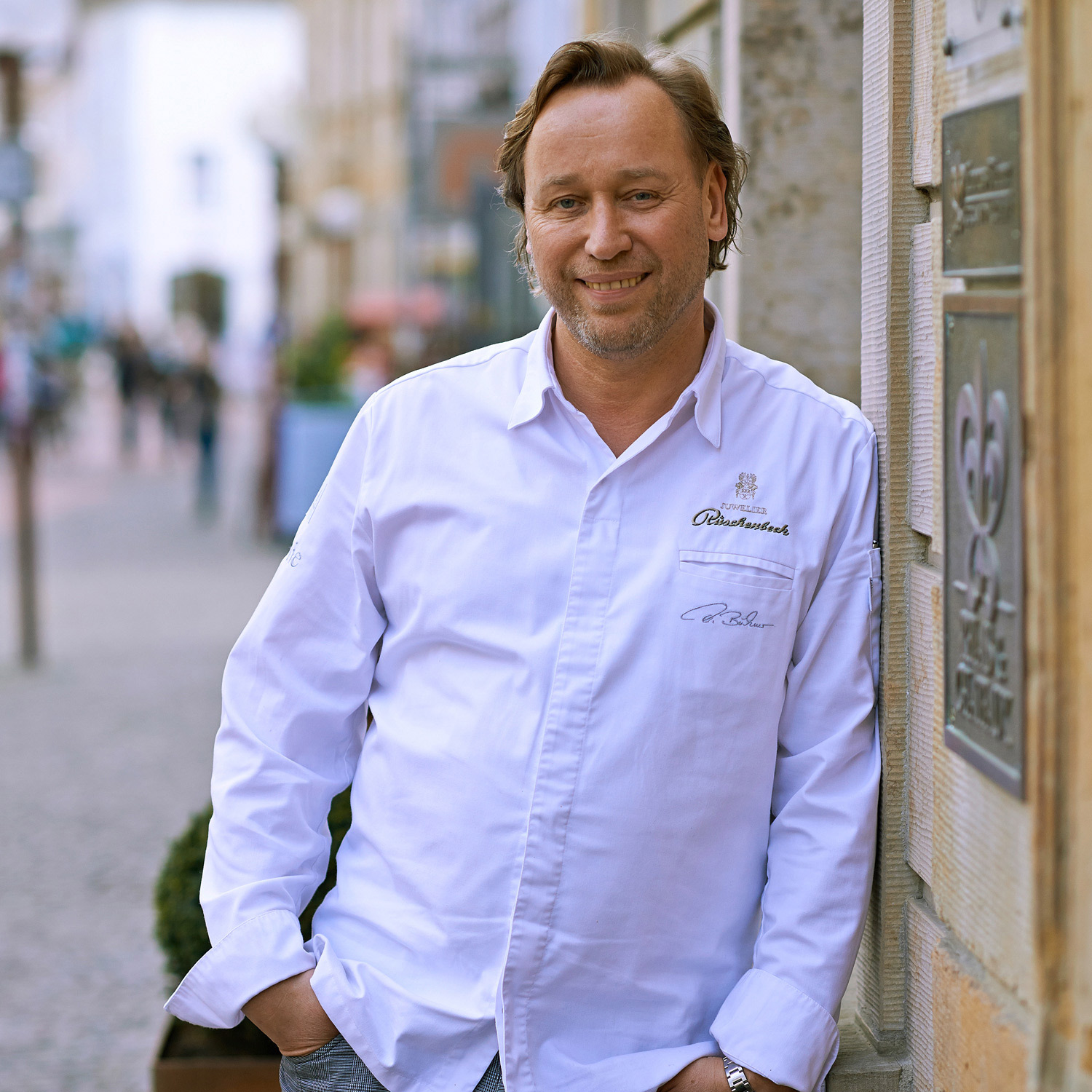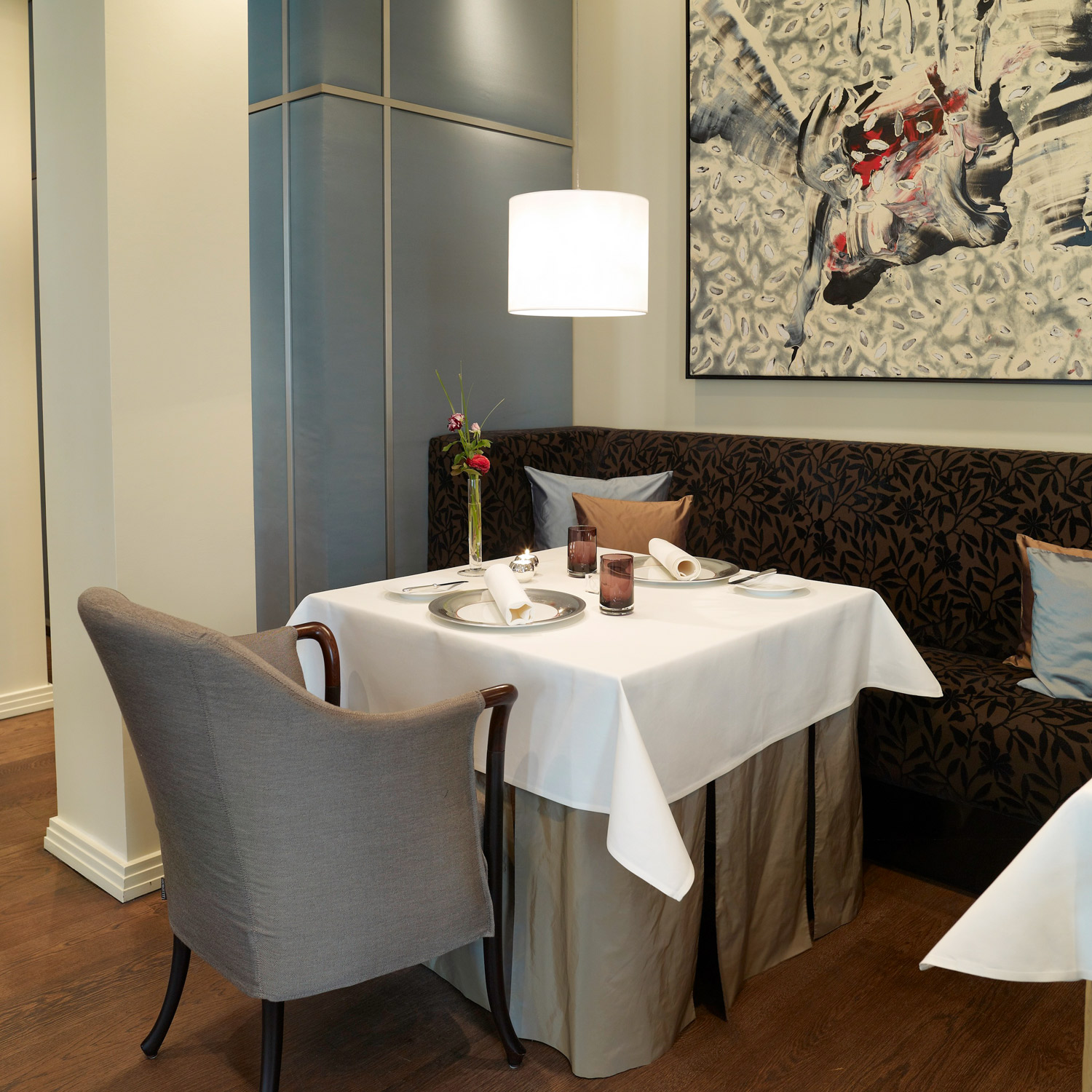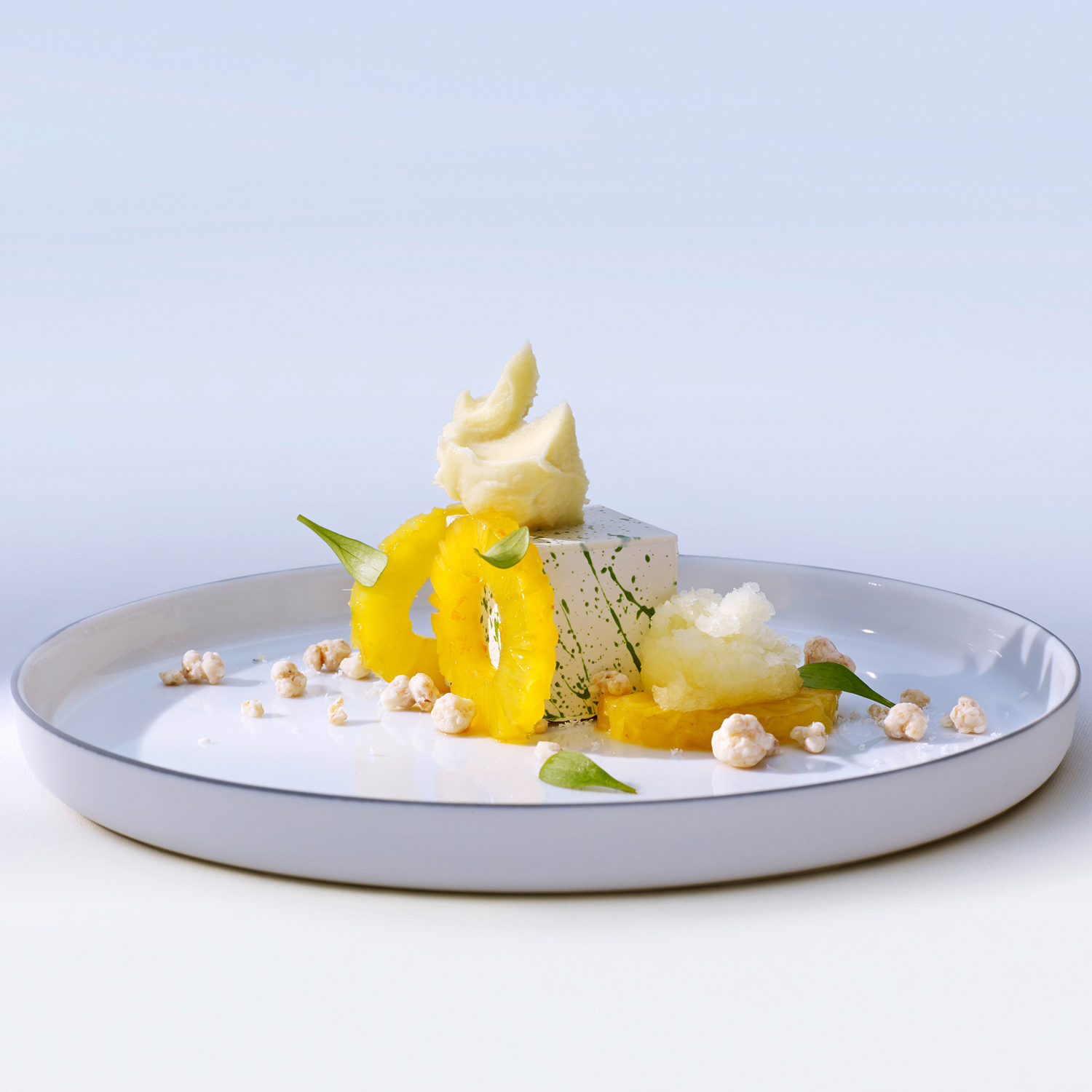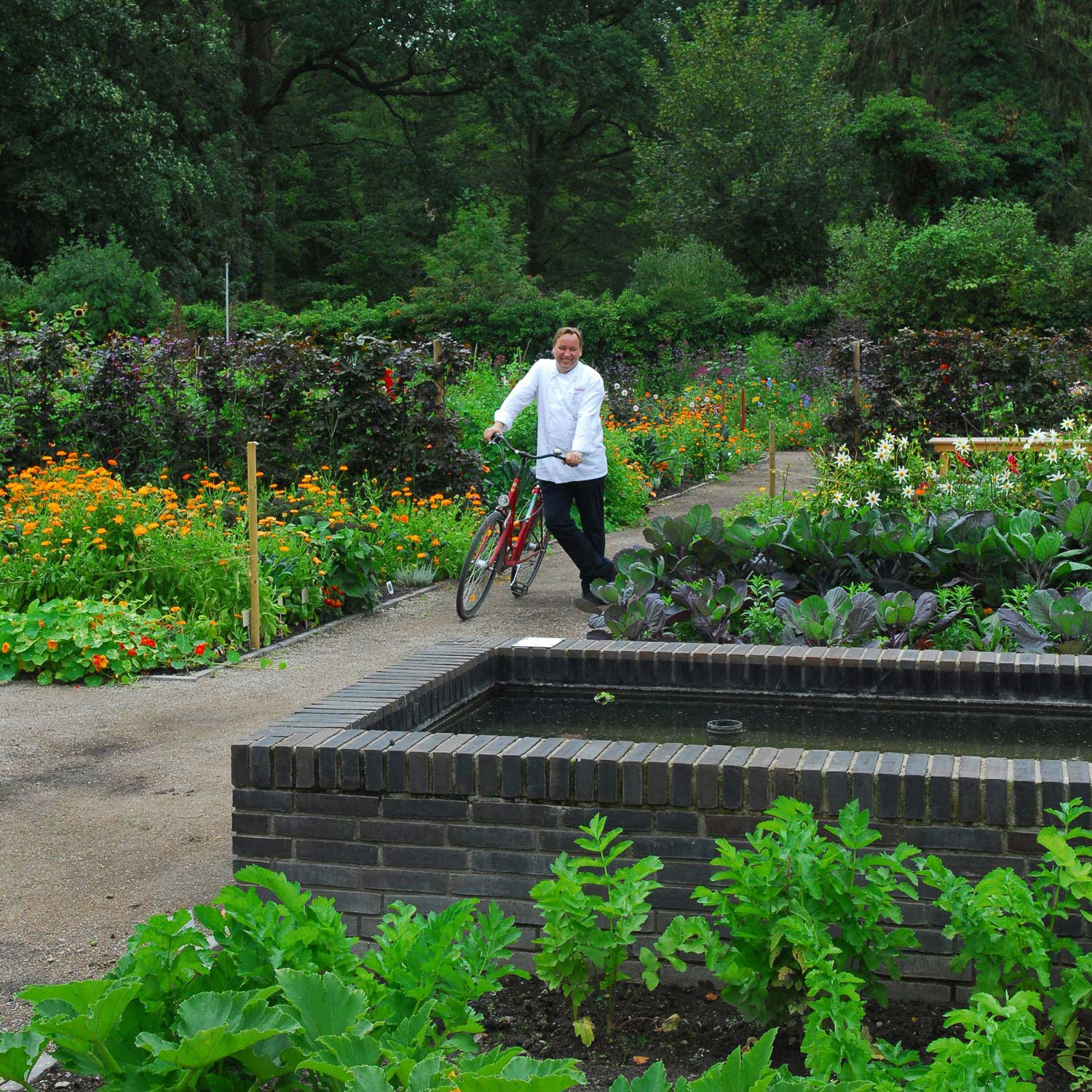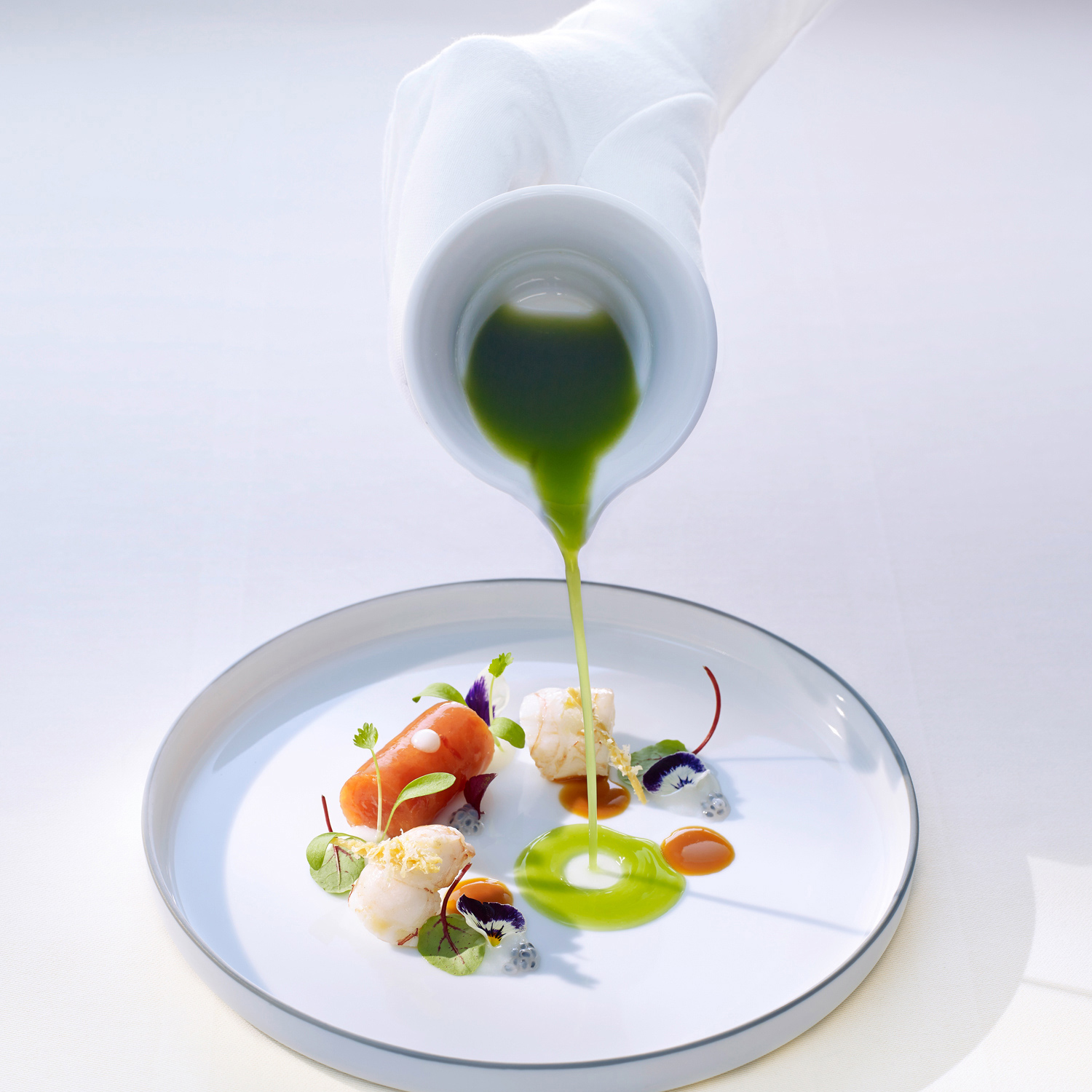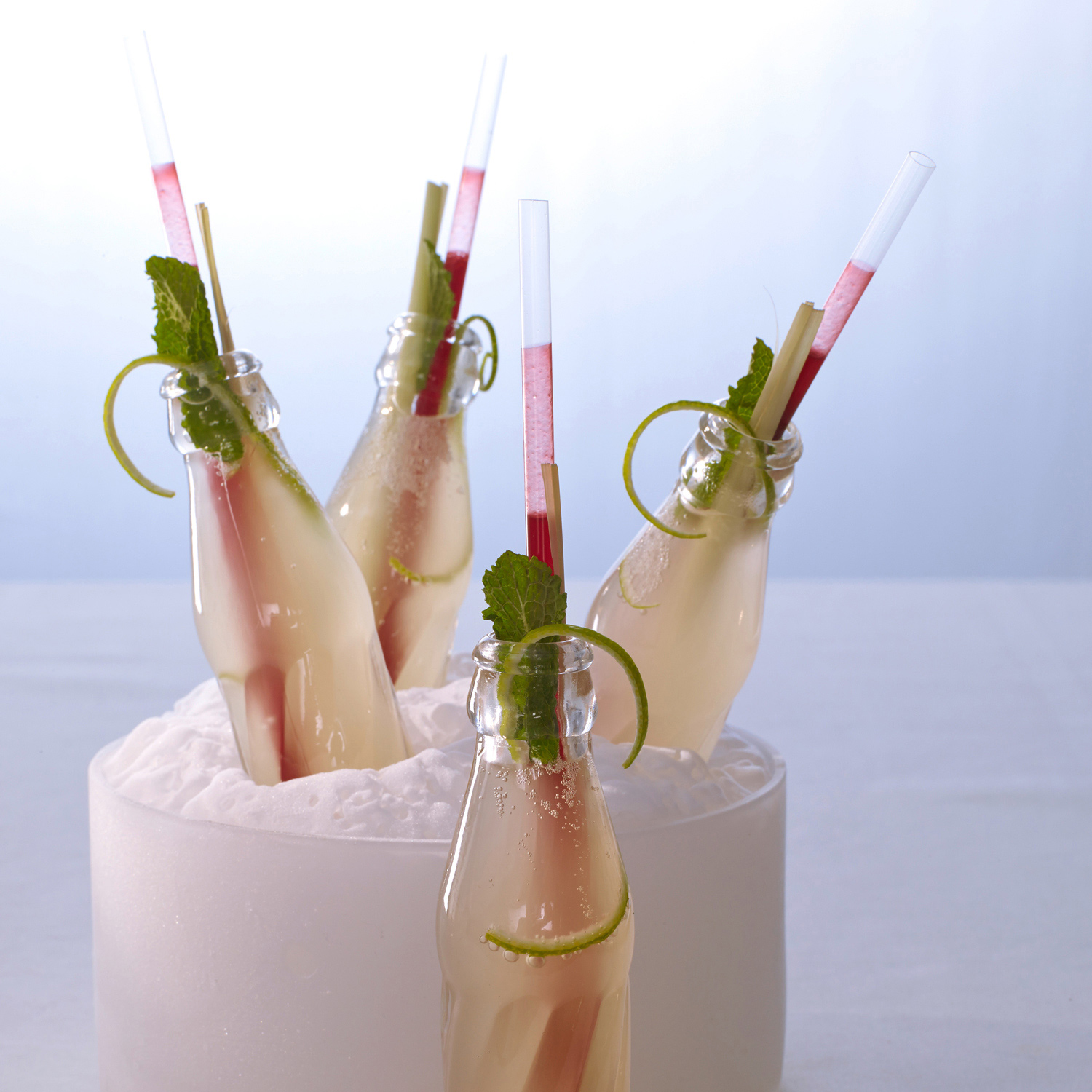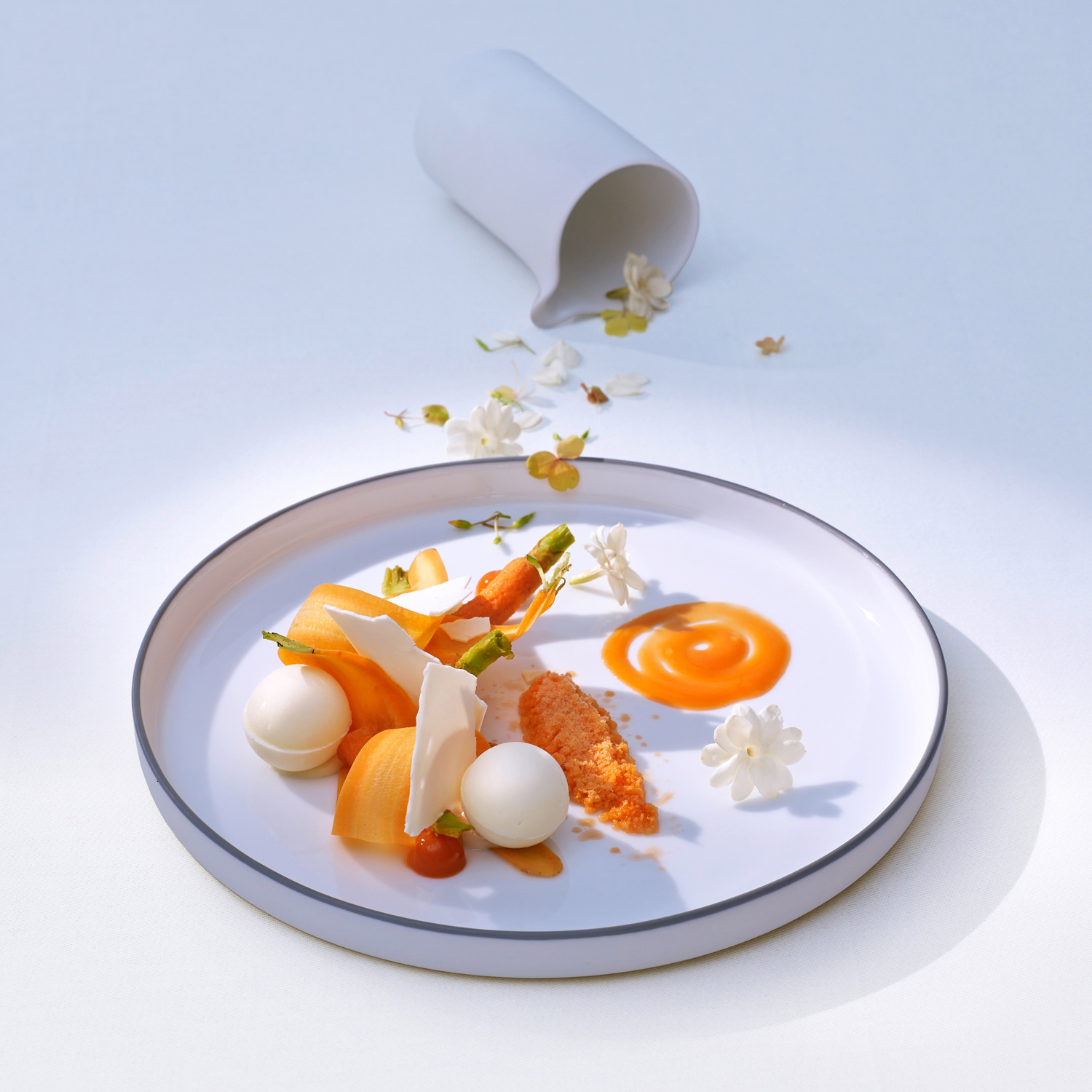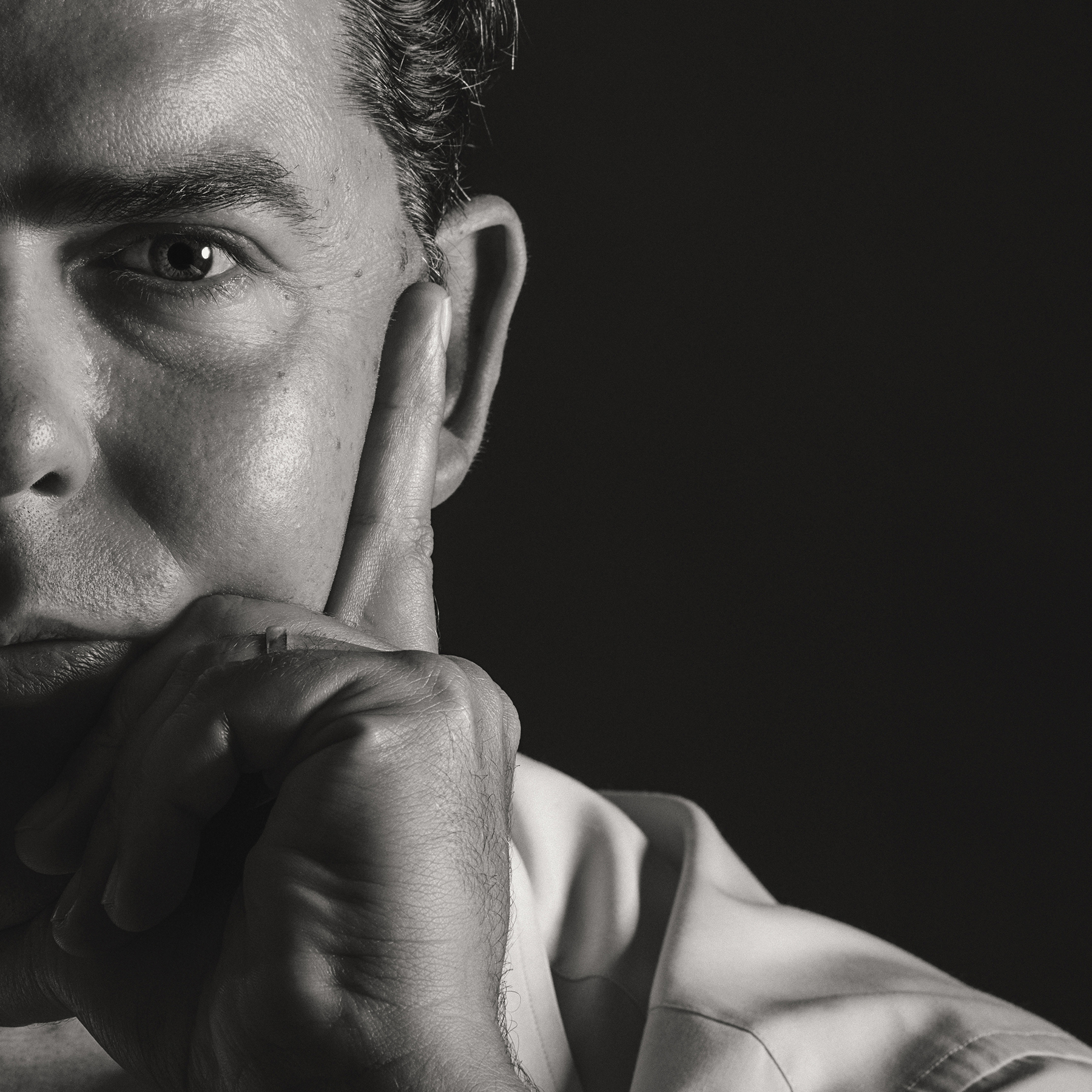4.4 oz Carrot juice, from about 6 carrots
8.8 oz Butter
-
Ice water, for chilling, as needed
Equipment
Juicer
Fine-mesh sieve
Blender
Offset spatula
Timing: 1 hr
1. JUICE CARROTS
3 Carrots
Remove ends and peel carrots.
Juice, and pass through a fine mesh sieve. Reserve 4.4 oz.
Keep extra juice in the freezer for other uses.
2. CLARIFY BUTTER
8.8 oz Butter
On low heat, melt butter until a layer of milk solids forms on the surface.
TIP: Gently rake the bottom of the pot with a spatula to encourage all the whey to float to the top. Don’t mix.
Using a ladle or a spoon, carefully and gently remove the whey that has gathered on the surface.
The reserved fat is called clarified butter. This will hold in your fridge for weeks or in your freezer for a year.
3. BLEND CLARIFIED BUTTER AND CARROT JUICE
4.4 oz Butter, clarified
4.4 oz Carrot juice, fresh
While the butter is still hot, blend ingredients on high until the emulsion breaks.
NOTE: The liquids will initially emulsify and thicken in the blender, due to the cold carrot juice being mixed into the fat from the butter. Eventually, the friction from blending on high will cause the emulsion to heat and separate. This takes about two minutes in our blender. To confirm that the emulsion has separated fully, stop the blender occasionally and watch for fat droplets to form as the liquid runs down the sides of the blender. You should be able to see that the liquid has thinned at this point as well.
Tip - Blending required
Breaking the emulsion on the stovetop in Step 5 is nearly impossible unless you blend the ingredients together as described in Step 3.
4. POUR BLENDED INGREDIENTS INTO A SMALL POT; BRING TO BOIL
On low heat, warm the carrot butter until boiling. A raft of cellulose from the carrot juice will form on the top.
Turn the heat off and let rest for two minutes. This will result in better separation.
Skim off the solids. Strain with a handheld strainer for best results.
5. CHILL
Place whole pot carefully into an ice bath and store in the fridge uncovered until the butter on top is hard.
6. REMOVE THE PUCK
Run an offset spatula around the outside of the puck of hardened butter to dislodge it. Pat the puck dry with a paper towel.
Discard any liquid left in the bottom of the pot.
7. SERVE OR RESERVE
Reserve butter in the fridge until needed. Use cold, or melt as needed. The carotene butter will last for at least a year in the freezer, or for months in the fridge.


